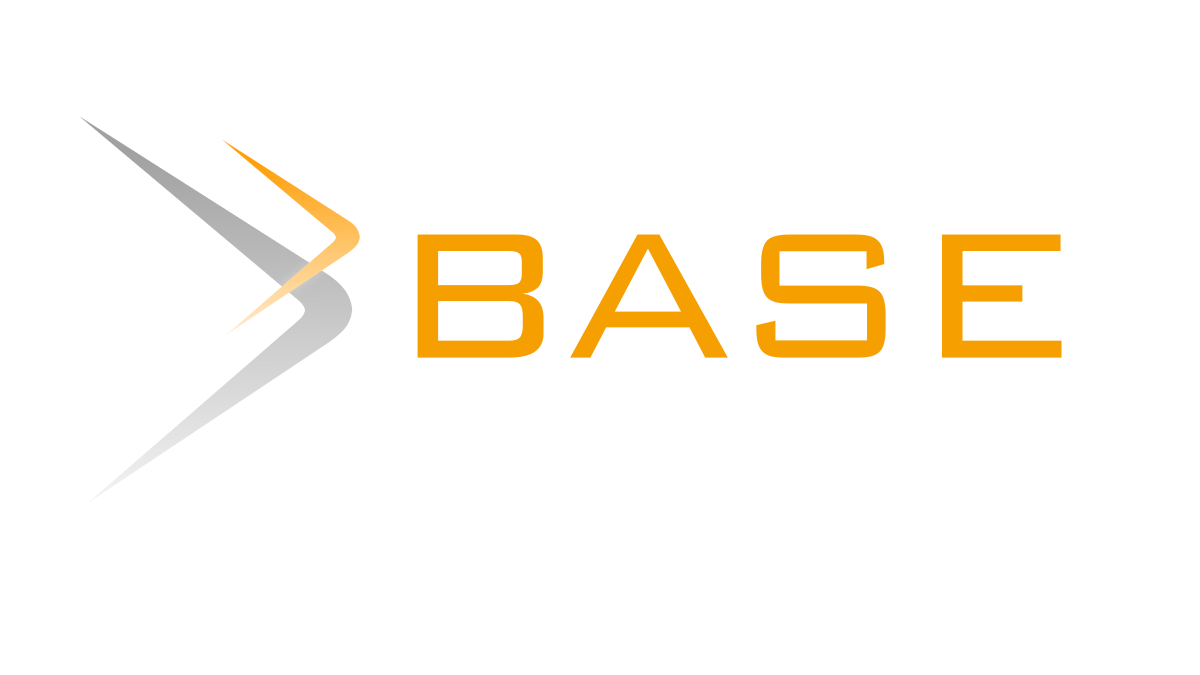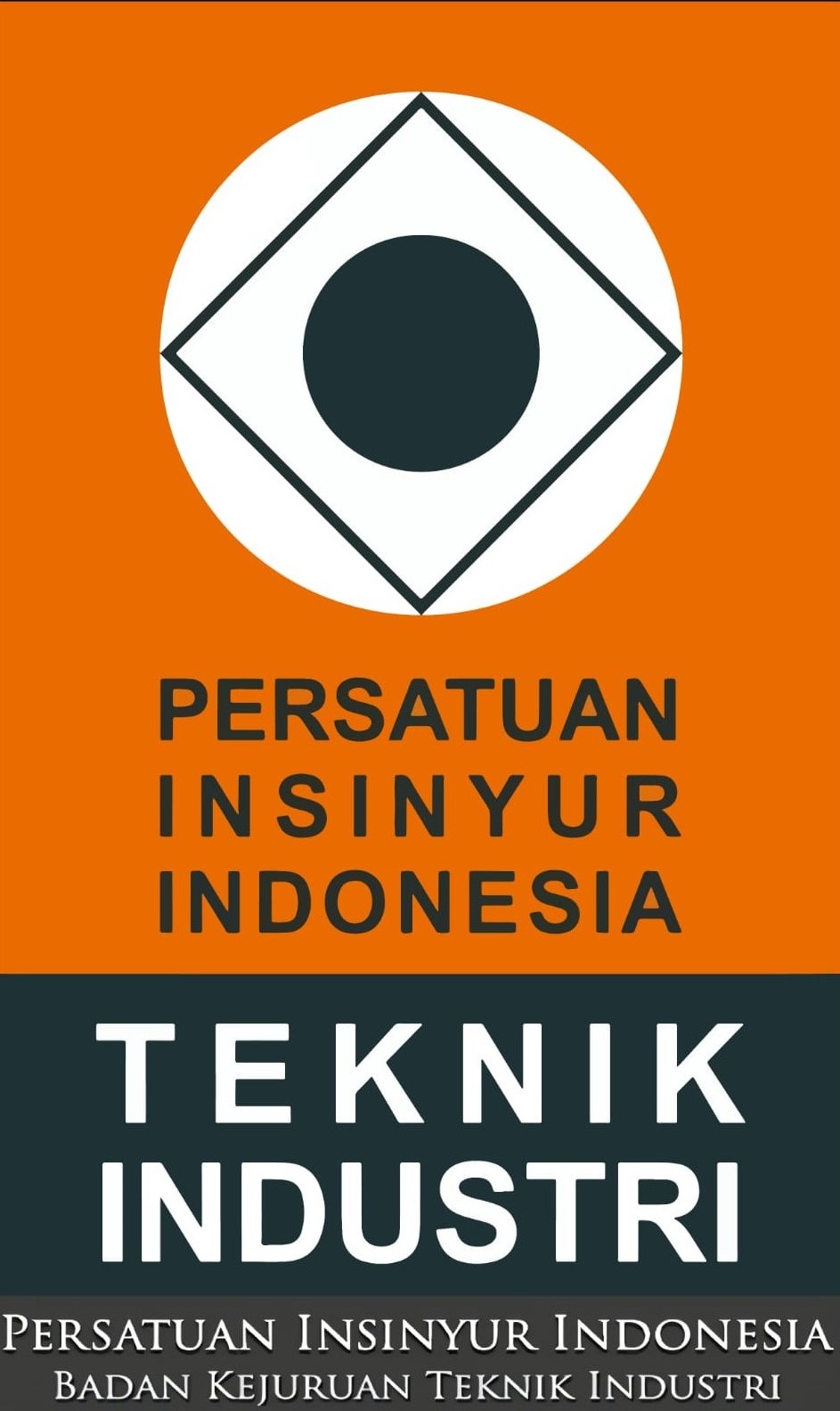ANALISIS KEPUASAN MUSTAHIQ TERHADAP KUALITAS PELAYANAN DENGAN METODE IMPORTANCE PERFORMANCE ANALYSIS (IPA) (STUDI KASUS PADA BAITUL MAL)
DOI:
https://doi.org/10.32734/jsti.v20i1.382Keywords:
Importance Performance Analysis (IPA), Mustahiq Satisfaction, Service Quality, Kano ModelAbstract
Baitul Mal is a social institution, which is engaged in charity of zakat fund raising for the sake of socially patterned and sustainable. In its service Baitul Mal must be prosecuted to prioritize satisfaction of mustahiq, so that progress in the quality of service and able to improve the mustahiq economy and also giving a positive impact on the survival of Baitul Mal. The existing service is not yet known about the satisfaction that has been felt by the community, for it needs to be done research on the quality of service at Baitul Mal Kota Lhokseumawe. In this research used approach using Importance Performance Analysis (IPA) and Kano model. The purpose of this research is to know the priority of attributes that must be improved in accordance with the wishes mustahiq. The result indicates that, these methods allow us to know the priority attributes that must be improved its performance by the Baitul Mal it is the Amil of Baitul Mal Kota Lhokseumawe act based on islamic morality, Amil Baitul Mal Kota Lhokseumawe solve the mustahiq problem related to zakat program on time, Baitul Mal Kota Lhokseumawe always serve mustahiq effectively, Amil Baitul Mal Kota Lhokseumawe has knowledge about zakat, the Zakat given by Baitul Mal Kota Lhokseumawe has fulfilled the necessity of mustahiq, Zakat given by Baitul Mal Kota Lhokseumawe can improve the prosperity of mustahiq and Amil Baitul Mal Kota Lhokseumawe do not distinguish between mustahiq one and others.
Downloads
Downloads
Published
How to Cite
Issue
Section
License
Copyright (c) 2018 Jurnal Sistem Teknik Industri

This work is licensed under a Creative Commons Attribution-ShareAlike 4.0 International License.
The Authors submitting a manuscript do so on the understanding that if accepted for publication, the copyright of the article shall be assigned to TALENTA Publisher Universitas Sumatera Utara as the publisher of the journal.
Copyright encompasses the rights to reproduce and deliver the article in all forms and media. The reproduction of any part of this journal, its storage in databases, and its transmission by any form or medium will be allowed.



















